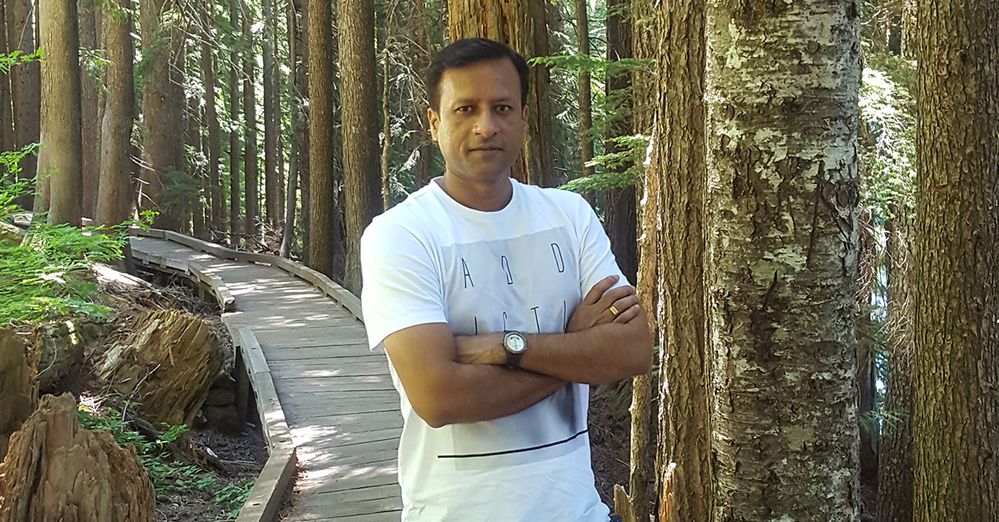0
0
955

From Silicon design, verification, and implementation to working on cutting-edge technologies like multi-robot systems, Mukesh Bhartiya is never afraid to take up new challenges. Working at Intel for nearly a decade, he currently manages a research organization at Intel Labs India, where he focuses on technologies that will be highly relevant in the future.
“Predicting which technologies will be pertinent or fail in the future would need an educated guess. At Intel Labs, we focus on different facets of technology that our product teams/industry can potentially migrate to in the future. For instance, quantum computing, or neuromorphic computing. We understand and determine areas that need more attention. Robotics has always been quite dear to me, and that’s what my team and I have been working on besides other projects.”
Technology: From Curiosity to a Career
Studying engineering in Bengaluru, Mukesh developed an interest in technology-related research quite early. As part of his college internship, he had the opportunity to work on satellite and altitude control circuitry using digital electronic systems. This introduced him to very large-scale integration (VLSI) technology.
Coming from a background in electronic design automation (EDA), joining Intel was both exciting and challenging for Mukesh. During his tenure as manager and leader, his team shifted from processor research to system-on-chip proof of concept designs
“I have always wanted to be a part of something unique while making a difference to people and communities worldwide. Being at Intel gives me the opportunity to select areas and work on ideas that have a profound impact on the way we live and work. I am extremely proud of completing my tenth year at Intel.”
Pioneering Swarm Robotics at Intel
One technology that Mukesh and his team have developed is autonomous swarm technology. Due to the devastation caused by earthquakes, the need arose for technology that can search for and rescue people trapped under debris. This led to Swarm Robotics, where individual ‘autonomous agents’ (drones, robots, or a mix of two) could carry out these tasks—be it on the ground, aerial, or hybrid.
What started as a conversation over lunch after a natural disaster has now progressed by leaps and bounds. By applying this tech to incidents such as mining accidents, gas leaks, or power line inspections, issues can be identified using a single autonomous drone, or a swarm of drones, without risking more lives.
Mukesh and his team have developed these autonomous agents to be programmed individually and work without any central control. There are many other applications for Swarm Robotics, from assisting with crowd control at large events, inspecting solar farms for malfunctioning panels, to identifying crop or soil conditions in agriculture while sending real-time feedback data.
“The goal is by deploying this system you can save lives or make lives better. One of the mottos that we have at Intel is to ideate technologies that enrich all life on earth. I’m really excited to be part of something that will eventually help people around the world.”
One Intel
As Intel continues to bring people from different ethnic and work backgrounds together, Mukesh has had the chance to explore new ideas with colleagues globally. Travelling and working with people inside and outside India has also given him great opportunities to interact and network with a variety of great minds, fuelling a common goal.
“Over the years, Intel has had people and teams who proposed ideas that were pioneering in the industry. I look back and ask myself who those people were, and it inspires me to define what I want to do in my career before I retire. I hope my team’s work here will be recognised for its relevance years from now and continues to help people.”
Looking for a job creating world changing technology? Join us.
About the Author
You must be a registered user to add a comment. If you've already registered, sign in. Otherwise, register and sign in.